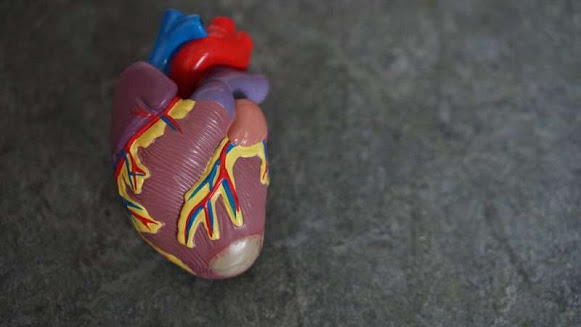Artificial intelligence and robotics uncover hidden signatures of Parkinson's disease
Artificial intelligence and robotics uncover hidden signatures of Parkinson's disease
A review distributed today in Nature Communications divulges another stage for finding cell marks of infection that coordinates mechanical frameworks for concentrating on understanding cells with man-made consciousness strategies for picture investigation. Utilizing their mechanized cell culture stage, researchers at the NYSCF Research Institute teamed up with Google Research to effectively distinguish new cell signs of Parkinson's infection by making and profiling north of 1,000,000 pictures of skin cells from an associate of 91 patients and sound controls.
"Customary medication disclosure isn't functioning admirably, especially for complex sicknesses like Parkinson's," prominent NYSCF CEO Susan L. Solomon, JD. "The automated innovation NYSCF has constructed permits us to create immense measures of information from enormous populaces of patients, and find new marks of sickness as a completely new reason for finding drugs that really work."
"This is an ideal exhibition of the force of man-made reasoning for sickness research," added Marc Berndl, Software Engineer at Google Research. "We have had an extremely useful joint effort with NYSCF, particularly in light of the fact that their high level mechanical frameworks make reproducible information that can yield dependable bits of knowledge."
Coupling man-made reasoning and mechanization
The review utilized NYSCF's tremendous store of patient cells and best in class mechanical framework The NYSCF Global Stem Cell Array-to profile pictures of millions of cells from 91 Parkinson's patients and solid controls. Researchers utilized the Array to confine and grow skin cells called fibroblasts from skin punch biopsy tests, mark various pieces of these phones with a method called Cell Painting, and make great many high-happy optical microscopy pictures. The subsequent pictures were taken care of into an unprejudiced, man-made brainpower driven picture examination pipeline, recognizing picture highlights explicit to patient cells that could be utilized to recognize them from sound controls.
"These man-made reasoning strategies can figure out what patient cells share for all intents and purpose that probably won't be generally discernible," said Samuel J. Yang, Research Scientist at Google Research. "What's additionally significant is that the calculations are fair-minded they don't depend on any earlier information or previously established inclinations about Parkinson's infection, so we can find altogether new marks of sickness."
The requirement for new marks of Parkinson's is highlighted by the high disappointment paces of ongoing clinical preliminaries for drugs found in view of explicit illness targets and pathways accepted to be drivers of the sickness. The disclosure of these original illness marks utilizing impartial techniques, particularly across tolerant populaces, has an incentive for diagnostics and medication revelation, in any event, uncovering new qualifications between patients.
"Excitingly, we had the option to recognize pictures of patient cells and solid controls, and between various subtypes of the illness," noted Bjarki Johannesson, Ph.D., a NYSCF Senior Investigator on the review. "We actually might foresee decently precisely which contributor an example of cells came from."
Applications to medicate revelation
The Parkinson's illness marks recognized by the group can now be utilized as a reason for directing medication screens on persistent cells, to find which medications can switch these elements. The concentrate likewise yields the biggest known Cell Painting dataset (48TB) as a local area asset, and is accessible to the exploration local area (https://nyscf.org/nyscf-adpd/).
Prominently, the stage is illness freethinker, just requiring effectively open skin cells from patients. It can likewise be applied to other cell types, including subordinates of prompted pluripotent undifferentiated organisms that NYSCF makes to display an assortment of infections. The specialists are subsequently confident that their foundation can open new helpful roads for some sicknesses where conventional medication revelation has been fruitless.
"This is the main apparatus to effectively distinguish sickness highlights with this much accuracy and responsiveness," said NYSCF Senior Vice President of Discovery and Platform Development Daniel Paull, Ph.D. "Its power for recognizing patient subgroups has significant ramifications for accuracy medication and medication improvement across numerous immovable sicknesses."




Comments
Post a Comment